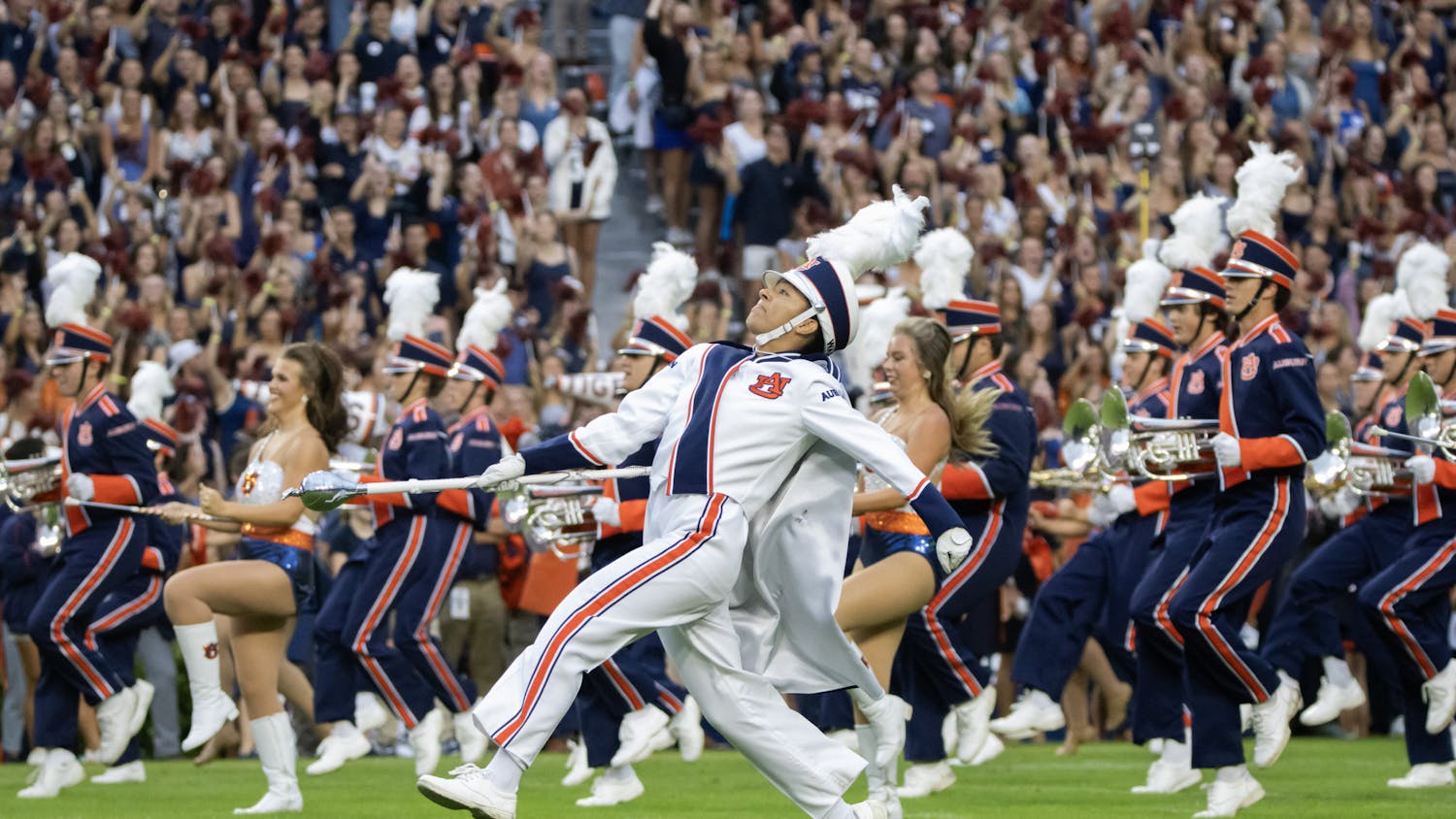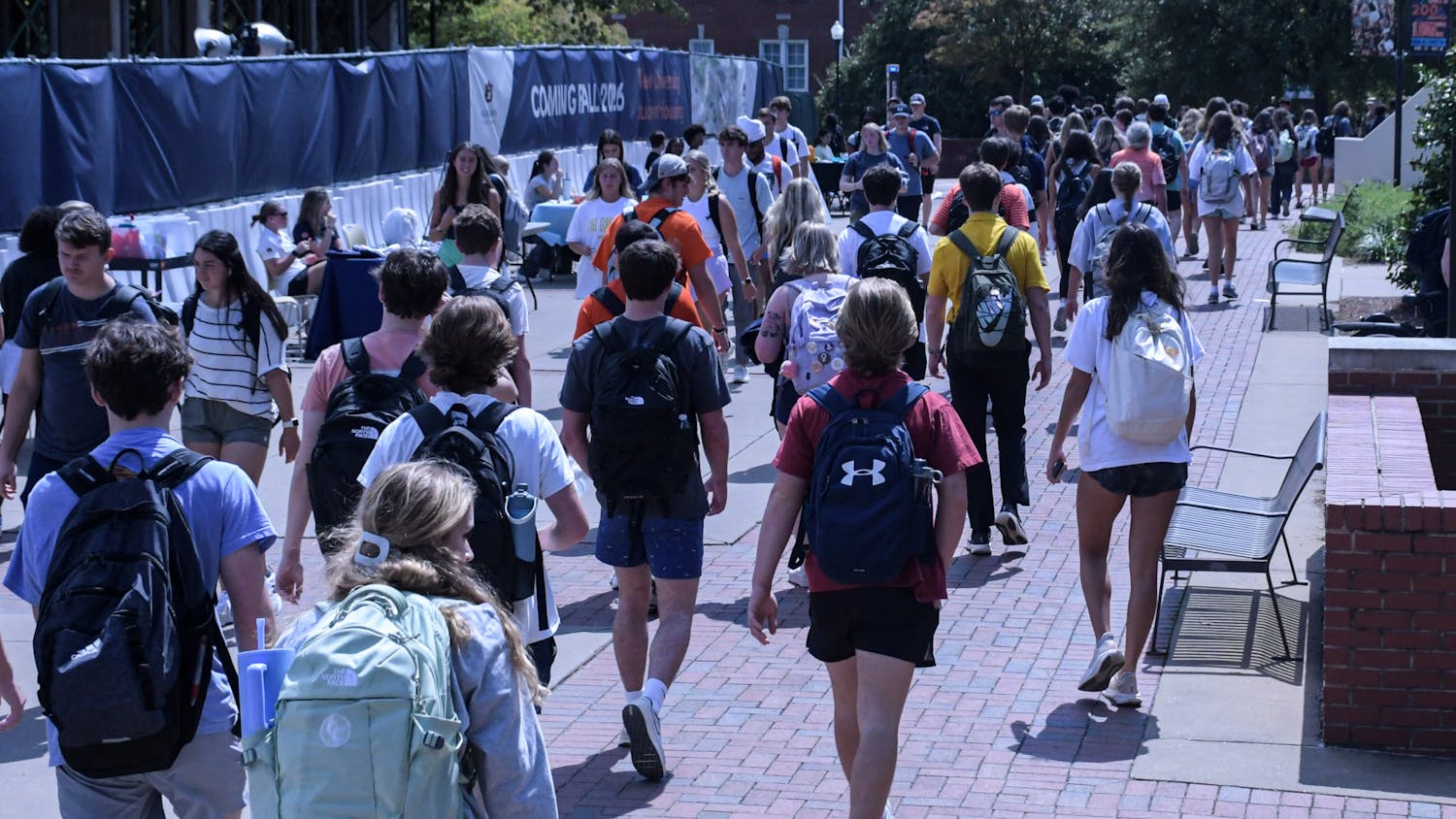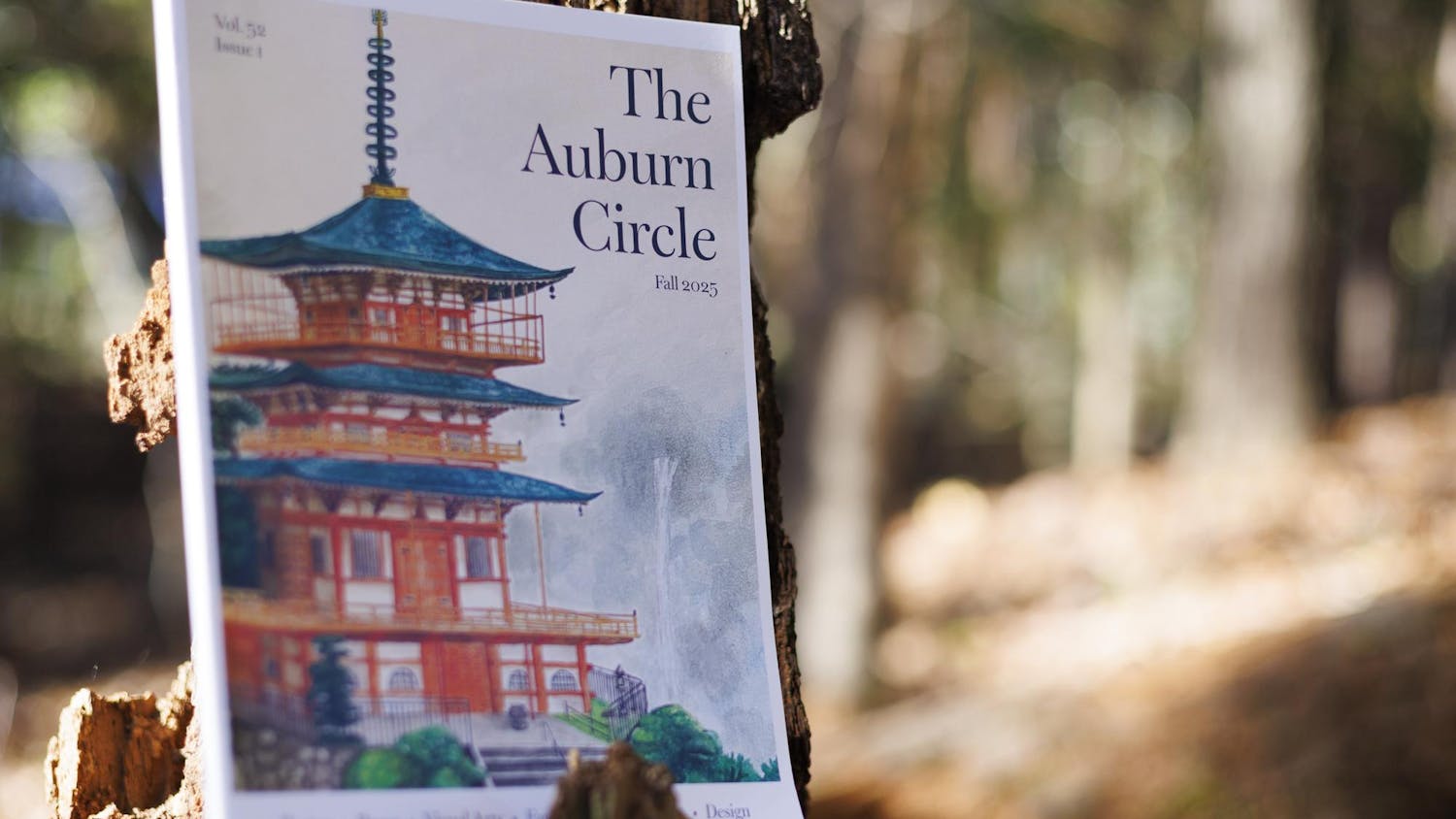From supersonic wind tunnels to laser scanning technology, aerospace engineering is not lacking research to be performed.
Kyle Lynch, first year master's student in aerospace engineering, is taking advantage of both the wind tunnel and laser scanning technology.
Lynch has been using the Pulse Burst Laser System in cooperation with the supersonic wind tunnel and in development of a high-speed, 3-D flow visualization technique. "We use (the laser) for a lot of testing projects," Lynch said. "Typically we will spend a few weeks on one project with the laser as we build on the other projects." Lynch has been working with the 3-D scanning laser for 3 years. Lynch uses the Pulse
Burst Laser System, developed at Auburn, to burst laser pulses at repetitions of more than 1,000,000 pulses per second.
The bursts occur in 68 pulses within one ten thousandth of a second (.0001), Lynch said. The laser pulses are scanned using a mirror that rotates on a 2-D plane.
This means the mirror can rotate only horizontally, vertically or diagonally and only in a straight line.
These scanning patterns are being tested to capture the formation of an air mass passing through a 1.2 inch diameter round, lows peed jet.
The air comes out of the jet at approximately 10 mph, Lynch said.
Lynch sees how air moves with great detail thanks to the cross-sectional images captured by the high-speed camera as the lasers pulse.
The laser can pulse so fast that the high-speed camera is the limiting factor in these experiments, making new camera technology an important factor in research potential.
The high-speed camera frames are assembled to make 2-D images which are compiled to make a 3-D figure of air flow.
"Our lab focuses on the use of lasers to make measurements in turbulent flows," Thurow said.
Thurow is head of the Advanced Laser Diagnostics Laboratory which houses the laser system.
"The Advanced Laser Diagnostics Laboratory doesn't have a specific location as we use our equipment and techniques in various other laboratories," Thurow said. "We just call it a laboratory to emphasize the scientific nature of our work."
Thurow said the lab visited Florida State University last summer and used it to make some measurements in one of the laboratories there.
Do you like this story? The Plainsman doesn't accept money from tuition or student fees, and we don't charge a subscription fee. But you can donate to support The Plainsman.




